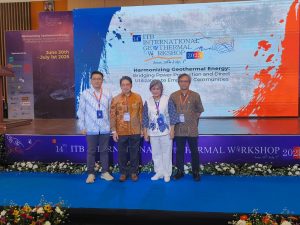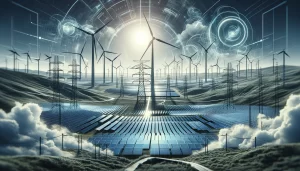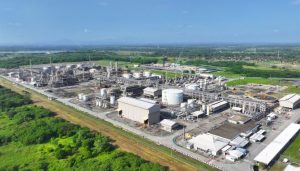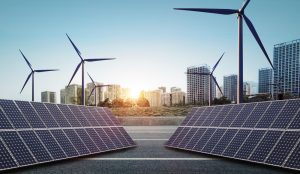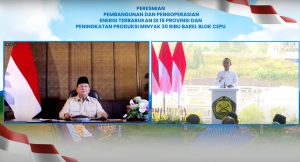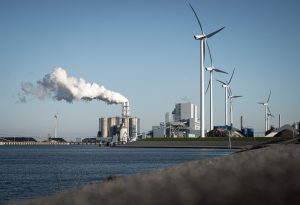Jakarta – Civil society organisations, including the Institute for Essential Services Reform (IESR), provided recommendations for preparing Indonesia’s Second National Determined Contribution (SNDC). The Ministry of Environment and Forestry (MoEF), which is coordinating the development of the SNDC for 2030 and 2035 emission reductions, is expected to integrate the views of civil society.
IESR and civil society partners are calling for an updated scenario and target setting that aligns with the global warming limit of below 2 degrees Celsius and reaches 1.5 degrees Celsius, in line with the Paris Agreement target.
IESR Executive Director Fabby Tumiwa said that the proposed SNDC target is still far from achieving the goal of limiting temperature rise. In addition, IESR emphasises public participation in the SNDC drafting process and implementing the principles of Article 4 Line 13 in the Paris Agreement.
“The emphasis on the business as usual (BAU) scenario is considered irrelevant, and IESR proposes the use of relative emissions in a particular year by considering global and Indonesian economic growth, which is more realistic,” he said in a written statement.
Tumiwa assessed that although the Enhanced NDC (ENDC) showed an increase in the emission reduction target, it still needed to align with the target of limiting temperature rise to 1.5 degrees Celsius. IESR stated that Indonesia’s emission reduction target should be at least 60 per cent of BAU for its own efforts and 62 per cent of BAU for international assistance.
IESR also underlines the need to reduce the fossil energy mix, especially coal and gas, with an increase in the renewable energy mix of 55-82 per cent by 2030.
In this context, the target of installed renewable energy capacity in ENDC must be clarified and unrelated to emission reduction.
Based on IESR’s analysis, using 2022 emissions as the basis for target setting, Indonesia needs to set an unconditional emissions reduction target of 26 per cent or 859 MtCO2e by 2030 and 28 per cent or 829 MtCO2e with international assistance (conditional). Setting such emission targets will limit temperature rise to 1.5 degrees Celsius.
Along with increasing the emission reduction target, Indonesia needs to reduce the mix of fossil energy in its energy system, such as coal and gas. Based on Climate Action Tracker (CAT) calculations, the coal mix in Indonesia’s electricity system should be reduced to 7 to 16 per cent by 2030, and the operation of PLTU should be stopped before 2040. Meanwhile, gas needs to be reduced to 8 to 10 per cent by 2030, and operations should cease by 2050.
IESR Green Economy Program Manager Wira Swadana added that climate justice is important in distributing the burden of emission reduction.
“Actors that emit the most emissions must also reduce emissions with a larger portion. Not only that, the preparation of the SNDC needs to prioritize the principle of climate justice that can reduce short-term and long-term risks and share benefits, burdens and risks fairly, including for communities that have been marginalized,” said Wira.
The IESR and civil society provided six recommendations to the government on the preparation of the SNDC. These include consideration of the principles of the Paris Agreement, integration of measurement, reporting, and verification (MRV), discontinuation of the use of BAU scenario, setting climate targets in line with the Paris Agreement, implementation of transparent monitoring and evaluation, and implementation of climate justice principles. (Hartatik)


